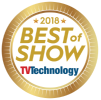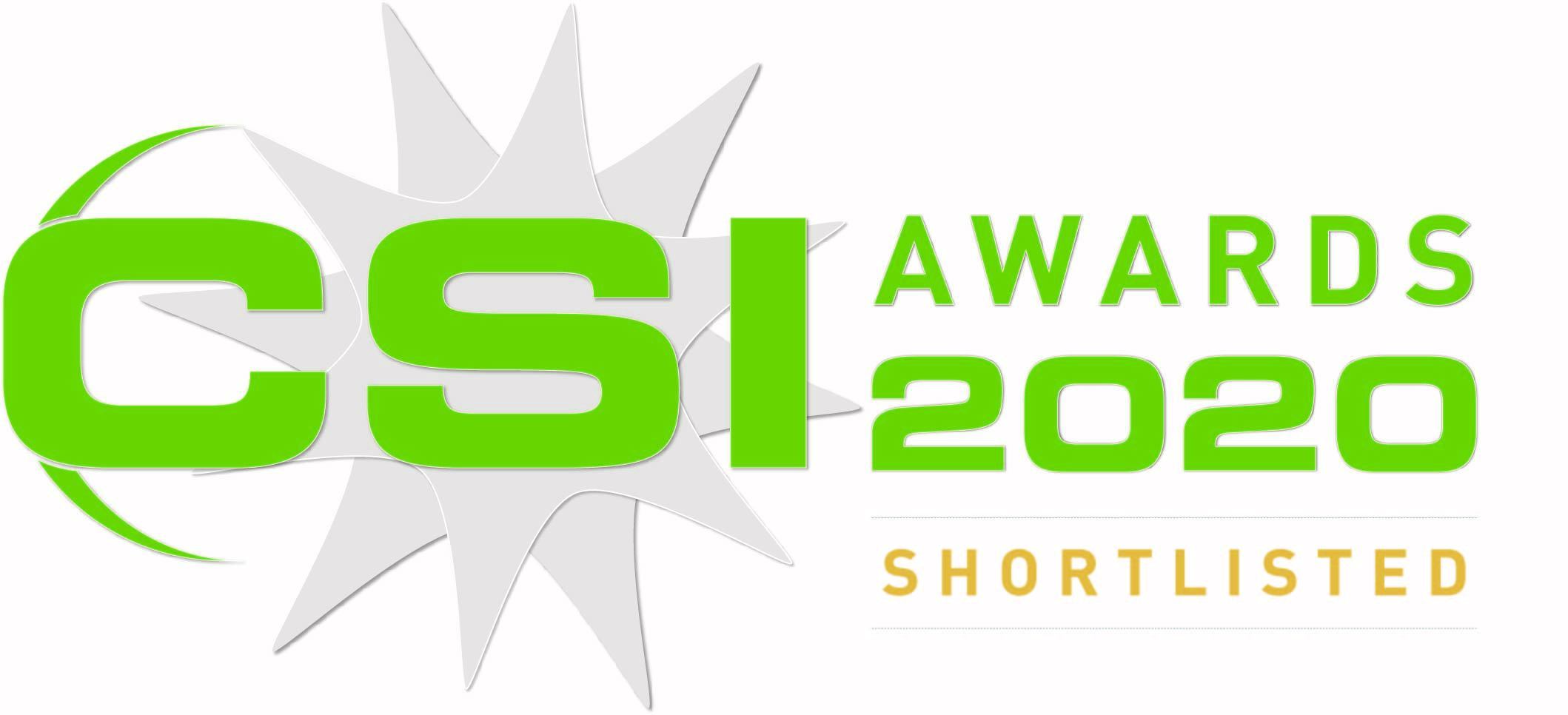
ATSC 3.0 Comes of Age
At a time when viewers are watching anytime, anywhere and turning to OTT streaming, broadcasters are looking for new ways to offer quality programming and improve revenues. The convergence of broadband with broadcast OTA signals or ATSC 3.0 appears to be the answer to stay competitive. ATSC 3.0 is the standard behind NextGen TV, which offers broadcasters and viewers added capabilities such as more subchannels, local content, personalization, customer engagement and emergency notification alerts as well as other benefits.
Viewer and Broadcaster Benefits
Viewers will benefit with better video resolution, upgraded audio and personalization capabilities. Content providers will be able to insert specific targeted commercials along with linear programming, in other words dynamic ad insertion based upon geo location and demographics. Reverse signal capability delivers audience attribution information to broadcasters. They will know firsthand what and when viewers are watching rather than relying on a third-party for data. They will be able to use data and predictive analytics to understand customer experience and prevent audience churn.
From a New Standard to Deployment
It’s been three years since the FCC approved broadcasters to voluntarily provide ATSC 3.0 signals for service. Since then, the Pearl Group, a consortium comprised of Meredith, Nexstar, TEGNA and Sinclair Broadcast Group, has collaborated efforts between broadcasters, vendors and cable operators to successfully deploy the NextGen TV technology. Currently, 20 markets have at least one station transmitting ATSC 3.0 signals OTA. Slowed down by the pandemic, ATSC estimates the U.S. will have 62 first markets transmitting including the top 40 by mid-2021. Based upon this availability, 75 percent of viewers can be reached, provided they have the necessary TV receiver or even mobile phone.
Going Mobile
While NextGen TV targets television sets, having it embedded on a mobile phone provides the use case for opportunities such as emergency alerts and streaming without subscribing to a national wireless service. One Media recently developed an ATSC 3.0 smartphone reference design for test and evaluation. Once approved and adopted by smartphone makers it will be especially beneficial when used alongside a 5G network.
Even though broadcasters believe 5G will increase media content consumption, they are also concerned that it will replace traditional distribution according to a Nevion study. With both ATSC 3.0 and 5G racing to deployment over the next few years, they should not be thought of as mutually exclusive as they mutually benefit from each other. ATSC 3.0 brings the unparalleled advantage of one-to-many broadcasting efficiency while 5G services maximize the bandwidth available for one-to-one in cellular streaming services. For example, NextGen TV could help wireless providers offload the network during peak usage times when large audiences are streaming simultaneously, this is especially important for high scale live events. Consumers will find that they can stream high resolution content over the top on mobile phones without a wireless data plan as well as save on battery power.
In another area of convergence, Portland and Phoenix broadcasters are testing how NextGen TV signals could best be transmitted by cable TV or over a hybrid fiber-coaxial infrastructure. This effort is expected to pass along NextGen TV's 4K Ultra HD content and eventually high dynamic range, wide color gamut and advanced audio capabilities to cable TV.
As ATSC 3.0 Matures
By staying on pace with planned deployments in the U.S. ATSC 3.0 is coming of age. Apart from broadcasters, Edge Networks has gotten onboard by offering Evoca, a premium ATSC 3.0 service, first in Boise, Idaho. Their plan is to target underserved markets with high resolution 4K picture quality and access to local news, sports, weather and video on demand programming. As ATSC 3.0 matures, other markets are discovering use cases for delivering large amounts of data over the air such as navigation and infotainment in connected cars. Many other industries might be able to take advantage of ATSC 3.0 to develop innovative applications that we haven’t begun to imagine.









